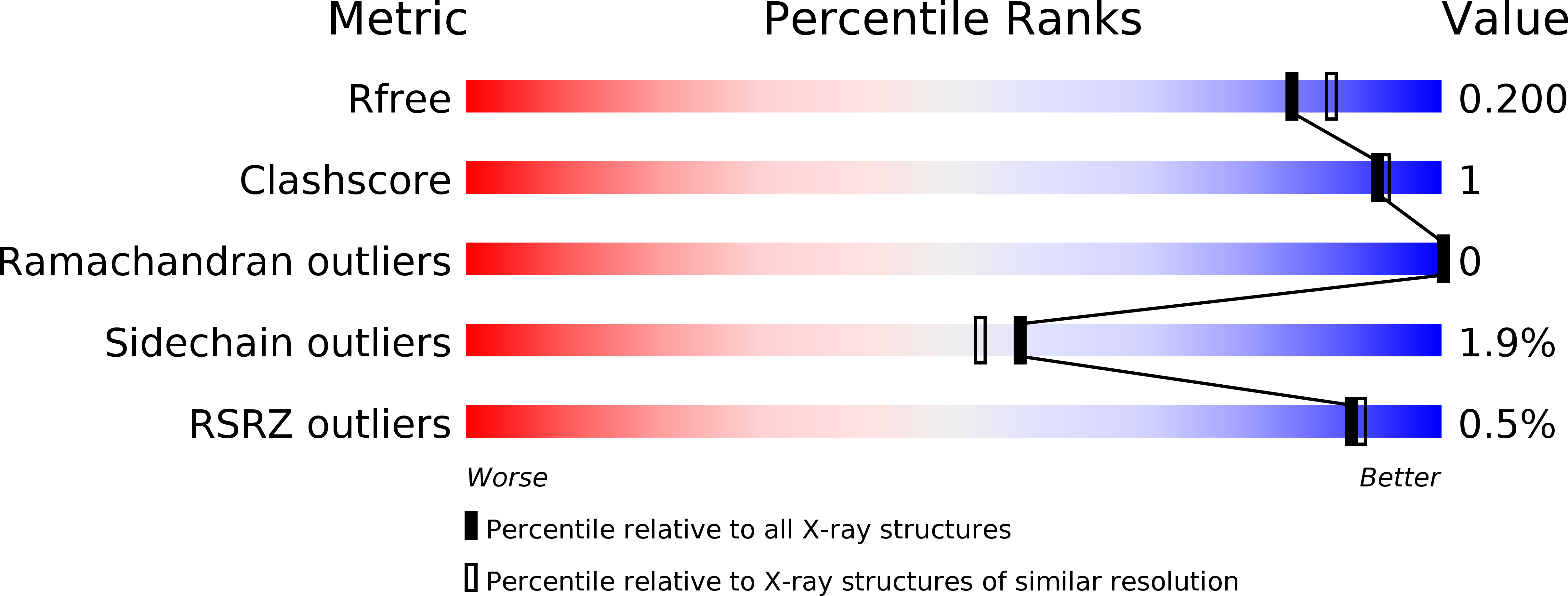
Deposition Date
2009-03-05
Release Date
2009-03-17
Last Version Date
2023-12-13
Entry Detail
PDB ID:
2WBV
Keywords:
Title:
Canine adenovirus 2 fibre head in complex with sialic acid
Biological Source:
Source Organism:
CANINE ADENOVIRUS 2 (Taxon ID: 10514)
Host Organism:
Method Details:
Experimental Method:
Resolution:
1.90 Å
R-Value Free:
0.19
R-Value Work:
0.15
R-Value Observed:
0.15
Space Group:
C 1 2 1


